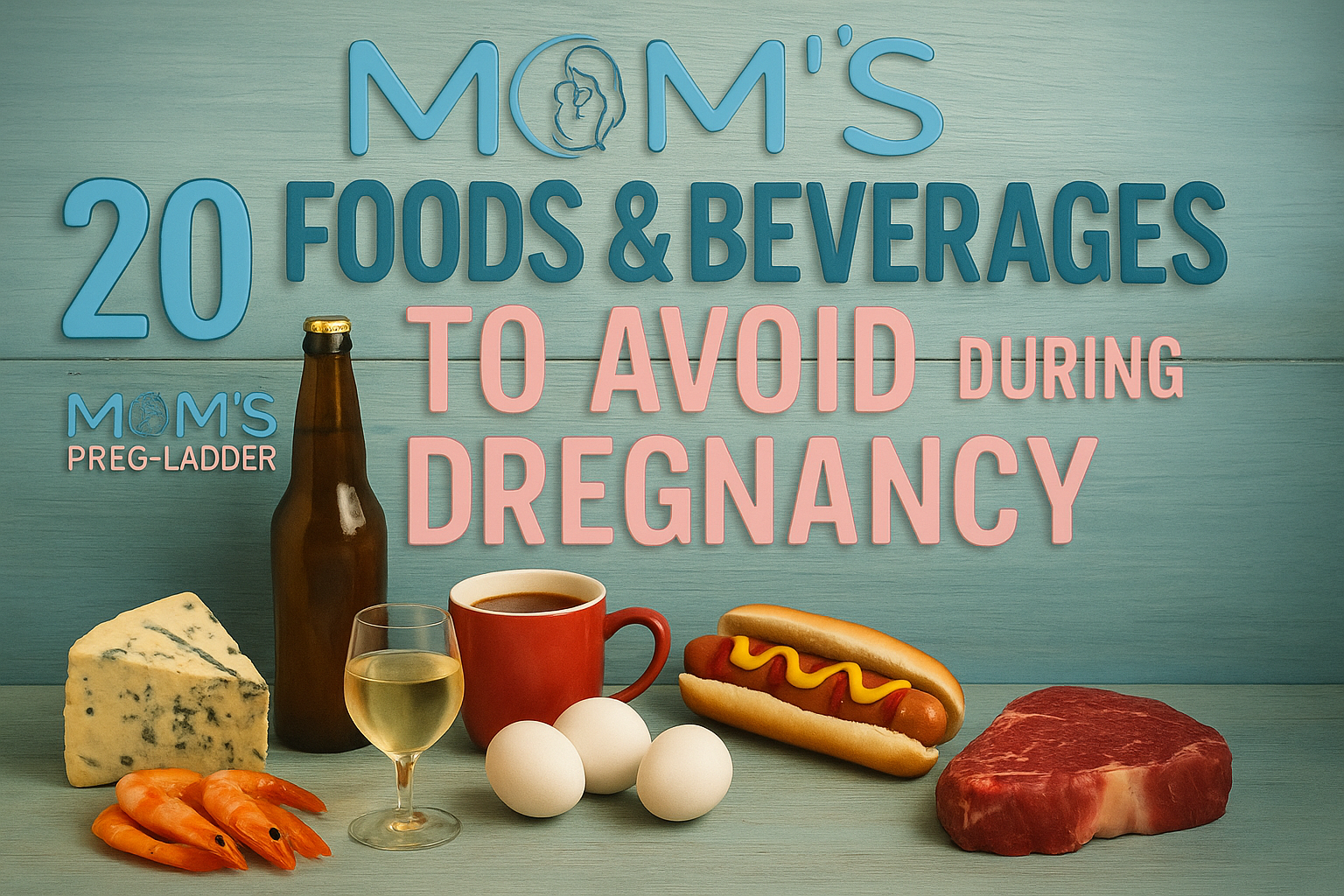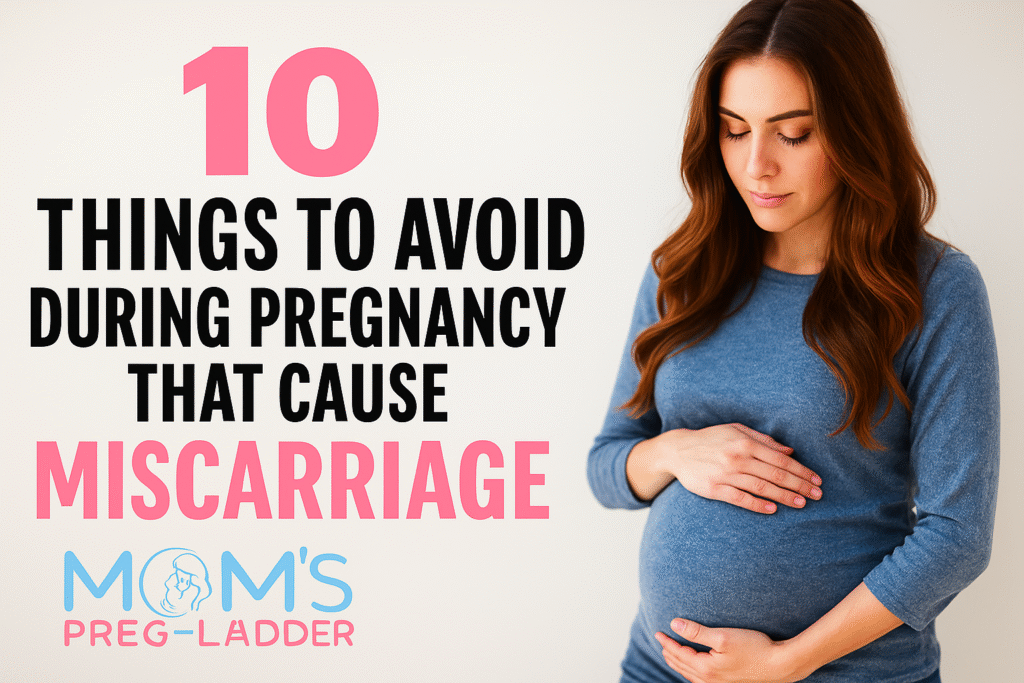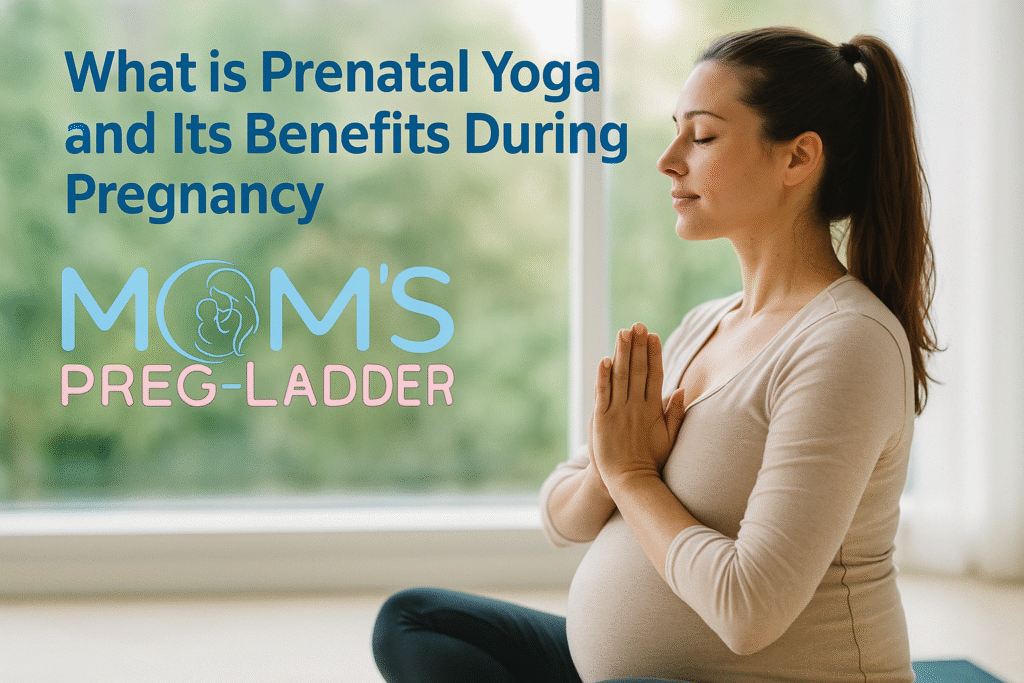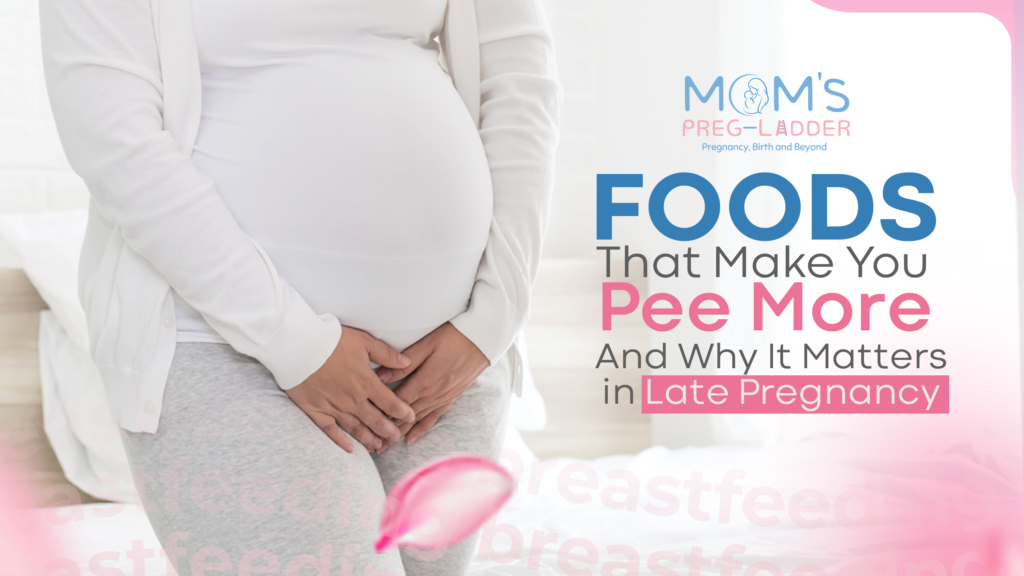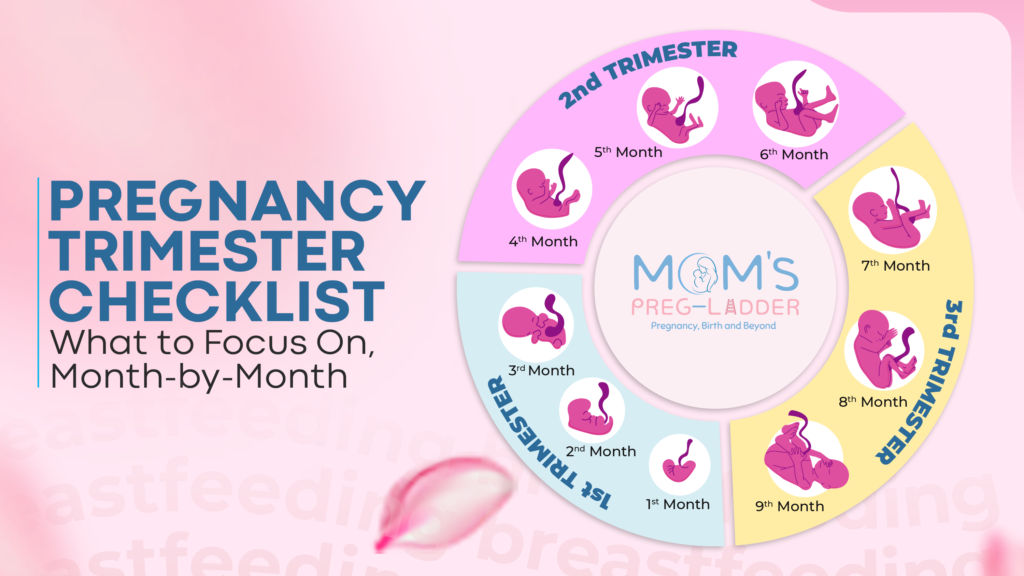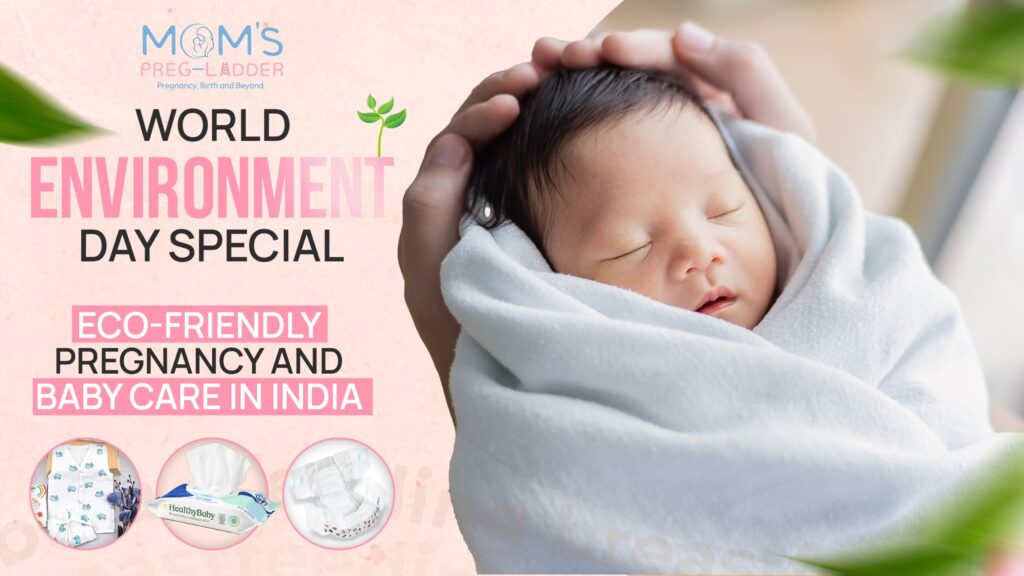Eating while pregnant is unlike any other time in your life. Your baby is growing inside of you and eating whatever you eat! While most foods are perfectly safe to eat while pregnant, there are some that may affect your baby’s growth, make you sick with foodborne illnesses, or expose you to potentially dangerous substances. It’s not about being restrictive, it’s just about making informed food decisions for the health of you and your baby.
This is a detailed article that goes through twenty foods and drinks to avoid while pregnant, or to limit the intake of, with science based explanations and practical alternatives so that you can continue to eat well.
Understanding Food Safety During Pregnancy
When you’re pregnant, your immune system naturally changes — it becomes partially suppressed to protect your growing baby from being seen as a threat. However, this also makes you more vulnerable to foodborne bacteria and parasites like Listeria, Salmonella, and Toxoplasma. While these may only cause mild food poisoning in others, they can lead to miscarriage, preterm delivery, or serious illness in your newborn. That’s why being mindful of what you eat is so important during pregnancy.
Along with watching out for unsafe foods, it’s also helpful to understand Foods That Make You Pee More — And Why It Matters in Late Pregnancy. Certain foods and drinks can increase urination, which may affect your hydration and comfort levels as your body works harder to support both you and your baby.
The following foods have been singled out by health agencies around the world as potential hazards during pregnancy. You can do a lot to help your baby grow healthy by making smart choices.
1. Raw or Undercooked Seafood
Sushi, sashimi, oysters, clams, and other raw seafood can harbor bacteria and parasites that your compromised immune system struggles to fight. Raw shellfish particularly carry Vibrio bacteria, which can cause severe infections.
Safe alternative: Choose cooked seafood options like grilled salmon, steamed shrimp, or cooked crab. These provide essential omega-3 fatty acids without the infection risk.
2. High-Mercury Fish
Mercury accumulates in certain large fish and can damage your baby’s developing nervous system and brain. Shark, swordfish, king mackerel, and tilefish contain dangerously high mercury levels.
Safe alternative: Opt for low-mercury fish like salmon, sardines, trout, and cod. These provide protein and healthy fats while minimizing mercury exposure. Limit albacore tuna to six ounces per week.
3. Raw or Undercooked Eggs
Eggs that aren’t fully cooked may contain Salmonella bacteria. This includes soft-boiled eggs, sunny-side-up eggs, homemade mayonnaise, raw cookie dough, and hollandaise sauce.
Safe alternative: Cook eggs until both yolk and white are firm. Use pasteurized eggs for recipes requiring raw or lightly cooked eggs.
4. Unpasteurized Dairy Products
Raw milk and cheeses made from unpasteurized milk can contain Listeria monocytogenes, a bacterium particularly dangerous during pregnancy. Soft cheeses like feta, brie, camembert, blue cheese, and queso fresco are often unpasteurized.
Safe alternative: Choose pasteurized versions of all dairy products. Check labels carefully, as many soft cheeses now come in pasteurized varieties that are safe for pregnancy.
5. Deli Meats and Cold Cuts
Processed lunch meats can become contaminated with Listeria during processing or storage. Unlike most bacteria, Listeria grows even in refrigerated conditions.
Safe alternative: Heat deli meats to steaming hot (165°F) before eating, or choose freshly cooked meats instead. Pregnant women can safely enjoy heated sandwiches or home-cooked chicken and turkey.
6. Raw or Undercooked Meat
Undercooked beef, pork, lamb, and poultry can contain harmful bacteria and parasites, including Toxoplasma gondii. The risk extends to rare steaks, undercooked burgers, and raw meat dishes.
Safe alternative: Cook all meat thoroughly until it reaches safe internal temperatures—145°F for whole cuts of beef and pork, 160°F for ground meats, and 165°F for poultry.
7. Unwashed Produce
While fruits and vegetables are essential for pregnancy nutrition, unwashed produce can carry Toxoplasma, E. coli, and other contaminants from soil or handling.
Safe alternative: Wash all fruits and vegetables thoroughly under running water, even those you’ll peel. Use a brush for firm produce like melons and cucumbers.
8. Raw Sprouts
Alfalfa, clover, radish, and mung bean sprouts grow in warm, humid conditions that are ideal for bacterial growth. Salmonella and E. coli outbreaks have been linked to raw sprouts.
Safe alternative: Avoid raw sprouts entirely, or cook sprouts thoroughly before eating to kill potential bacteria.
9. Alcohol
No amount of alcohol has been proven safe during pregnancy. Alcohol crosses the placenta and can cause fetal alcohol spectrum disorders, leading to physical, behavioral, and learning disabilities.
Safe alternative: Choose alcohol-free mocktails, sparkling water with fruit, herbal pregnancy-safe teas, or flavored kombucha (with minimal alcohol content).
10. Excessive Caffeine
While moderate caffeine intake is generally considered safe, excessive consumption has been linked to miscarriage and low birth weight. Most guidelines recommend limiting caffeine to 200 milligrams daily, about one 12-ounce cup of coffee.
Safe alternative: Monitor your total caffeine intake from all sources, including tea, chocolate, and energy drinks. Consider decaf coffee, herbal teas, or caffeine-free alternatives.
11. Unwashed or Pre-Cut Packaged Produce
Pre-washed salads and cut fruits seem convenient, but they have a higher risk of contamination. Multiple handling and processing increase exposure to pathogens, and Listeria can grow even in refrigerated packages.
Safe alternative: Buy whole fruits and vegetables, washing and cutting them yourself at home. If purchasing pre-cut produce, consume it immediately and avoid items past their “use by” date.
12. Pâté and Meat Spreads
Refrigerated pâté, meat spreads, and smoked seafood spreads can harbor Listeria. This includes both meat and vegetable-based pâtés stored in the refrigerated section.
Safe alternative: Choose canned or shelf-stable versions, which undergo processing that eliminates Listeria. Alternatively, make fresh spreads at home using cooked ingredients.
13. Raw Cookie Dough and Cake Batter
The raw flour in uncooked dough poses a risk beyond raw eggs. Flour can contain E. coli bacteria, which is only killed through baking.
Safe alternative: Try edible cookie dough recipes made specifically without raw eggs or flour, or wait until your treats are fully baked.
14. Herbal Supplements and Teas
Many herbal products lack safety testing during pregnancy. Certain herbs can stimulate contractions, affect hormone levels, or contain compounds harmful to fetal development. This includes teas with pennyroyal, saw palmetto, ephedra, and others.
Safe alternative: Consult your healthcare provider before using any herbal supplements. Stick to pregnancy-safe teas like ginger tea (for morning sickness), peppermint, and red raspberry leaf (in later pregnancy).
15. Unpasteurized Juice
Fresh-squeezed juice from juice bars or unpasteurized juices can contain harmful bacteria like E. coli and Salmonella. The bacteria come from the fruit’s skin and can contaminate juice during pressing.
Safe alternative: Choose pasteurized juices or make fresh juice at home, ensuring you thoroughly wash all produce first.
16. Excessive Vitamin A
While vitamin A is essential for fetal development, excessive amounts from supplements or liver can cause birth defects. Liver is particularly high in vitamin A, with a single serving exceeding safe limits.
Safe alternative: Get vitamin A from your prenatal vitamin and beta-carotene-rich foods like sweet potatoes, carrots, and spinach, which your body converts to vitamin A safely.
17. Certain Fish with Environmental Contaminants
Beyond mercury, some fish accumulate PCBs, dioxins, and other environmental pollutants. Fish from contaminated waters or certain sport-caught fish may carry these risks.
Safe alternative: Check local advisories for fish caught in nearby waters. Choose commercially caught fish from reputable sources, and vary the types of fish you consume.
18. Energy Drinks
Energy drinks often contain extremely high caffeine levels—sometimes several times your daily limit in a single can—plus other stimulants like guarana and taurine that haven’t been adequately studied in pregnancy.
Safe alternative: If you need an energy boost, try a small amount of coffee within the 200mg limit, take a short nap, or go for a brisk walk. Stay hydrated, as fatigue often signals dehydration.
19. Artificial Sweeteners in Excess
While FDA-approved sweeteners like aspartame, sucralose, and acesulfame potassium are generally considered safe in moderation, saccharin crosses the placenta and may remain in fetal tissue. The long-term effects of excessive artificial sweetener consumption during pregnancy remain unclear.
Safe alternative: Use artificial sweeteners sparingly. Consider natural alternatives like small amounts of honey, maple syrup, or simply reducing your overall sugar intake.
20. Foods Past Their Expiration Date
Expired foods have higher bacterial counts and are more likely to cause foodborne illness. Your reduced immune function during pregnancy makes food poisoning more dangerous.
Safe alternative: Regularly check your refrigerator and pantry, rotating older items to the front. When in doubt about a food’s safety, throw it out.
Please read this blog to explore the Best 10 Second Trimester Prenatal Yoga Poses that help improve flexibility, balance, and relaxation during pregnancy.
How Moms Preg Ladder Supports Your Pregnancy Journey
Figuring out how to eat well while pregnant can be confusing with all the mixed messages out there. Moms Preg Ladder is here to provide evidence-based recommendations about prenatal nutrition to help you make informed decisions about what to eat during each trimester of your pregnancy. Our website has a lot of resources about food safety and nutrition as well as meal planning during pregnancy.
Of course, it’s important to know what to avoid but Moms Preg Ladder will help you with that as well as guiding you towards what you should be eating to get the nutrients your baby needs for healthy development without neglecting your own health. You can find reliable information here that’s consistent with current medical recommendations and research.
Making Smart Substitutions: A Quick Reference
When you’re craving something on the “avoid” list, try these pregnancy-safe alternatives:
- Instead of sushi: Try a cooked sushi roll like California roll with cooked crab, tempura vegetable rolls, or poke bowls with cooked fish
- Instead of soft cheese: Choose hard cheeses like cheddar, Swiss, or parmesan, or look for pasteurized soft cheese versions
- Instead of deli sandwiches: Make sandwiches with freshly cooked chicken, roasted vegetables, or heated deli meat
- Instead of cocktails: Enjoy sophisticated mocktails, infused water, or sparkling juice drinks
- Instead of raw oysters: Try grilled or baked oysters, steamed mussels, or other cooked shellfish
Building a Positive Relationship with Pregnancy Nutrition
Reading lists of foods to avoid can feel restrictive, but remember—pregnancy nutrition is fundamentally about abundance, not deprivation. Focusing on the incredible variety of nutritious, delicious foods you can enjoy makes the journey more positive.
Your diet during pregnancy should include:
- Lean proteins: Chicken, turkey, lean beef, eggs, beans, and lentils support tissue growth and development
- Colorful vegetables: Leafy greens, bell peppers, tomatoes, and squash provide essential vitamins and minerals
- Whole grains: Oats, quinoa, brown rice, and whole wheat bread offer fiber and B vitamins
- Healthy fats: Avocados, nuts, seeds, and olive oil support brain development
- Dairy or alternatives: Pasteurized milk, yogurt, and cheese provide calcium for bone development
- Safe seafood: Low-mercury fish delivers omega-3 fatty acids crucial for brain and eye development
Food Safety Practices Beyond Ingredient Selection
Avoiding risky foods is important, but proper food handling matters equally. Follow these safety practices:
Separation and Storage:
- Keep raw meat, poultry, and seafood separate from ready-to-eat foods
- Use separate cutting boards for raw proteins and produce
- Store raw meat on the bottom refrigerator shelf to prevent drips
- Keep your refrigerator at 40°F or below and freezer at 0°F
Preparation Techniques:
- Wash hands with soap and water for 20 seconds before and after handling food
- Clean countertops, cutting boards, and utensils with hot, soapy water
- Use a food thermometer to verify safe internal temperatures
- Refrigerate leftovers within two hours (one hour if temperature exceeds 90°F)
When Eating Out:
- Choose restaurants with strong food safety reputations
- Ask about preparation methods when unsure about ingredients
- Avoid buffets where food sits at uncertain temperatures
- Request that deli meat be heated in sandwiches
Trimester-Specific Considerations
Your nutritional needs and food sensitivities shift throughout pregnancy:
- First Trimester: Morning sickness often makes eating challenging. Focus on keeping food down rather than perfect nutrition. Small, frequent meals with bland, easy-to-digest foods help. Ginger, vitamin B6, and adequate hydration can ease nausea.
- Second Trimester: Most women experience improved appetite and energy. This is an excellent time to establish healthy eating patterns and ensure adequate weight gain. Protein needs increase to support rapid fetal growth.
- Third Trimester: Your baby gains significant weight during these final months, requiring additional protein and calcium. Heartburn and physical discomfort may make large meals difficult—smaller, more frequent meals often work better.
Conclusion
If you understand the reasons for foods to avoid during pregnancy, you will be empowered to make safe decisions with confidence. Pregnant women need to avoid certain foods due to risk of infection or exposure to toxins that can affect the growth and development of their babies. Although the list of foods to avoid when pregnant may seem long, keep in mind that there are thousands of foods you CAN eat and that are both safe and nourishing. Don’t let the focus on food avoid getting you down, remember that there is a plethora of healthy and yummy foods to choose from!
Navigating nutrition during pregnancy does not need to be stressful or difficult. With access to reliable information like Moms Preg Ladder, you can make informed choices and have the confidence to know what is safe to eat during pregnancy. The time and effort you put into good nutrition now will give you a lifelong head start in your child’s health.
Remember that your healthcare provider is your most important resource for making food choices during pregnancy. They can provide individualized guidance based on your overall health, pre-existing conditions, and any special considerations. With this, along with the abundance of educational material available at Moms Preg Ladder, you are armed with the information necessary to feel confident and make informed choices during your pregnancy.

